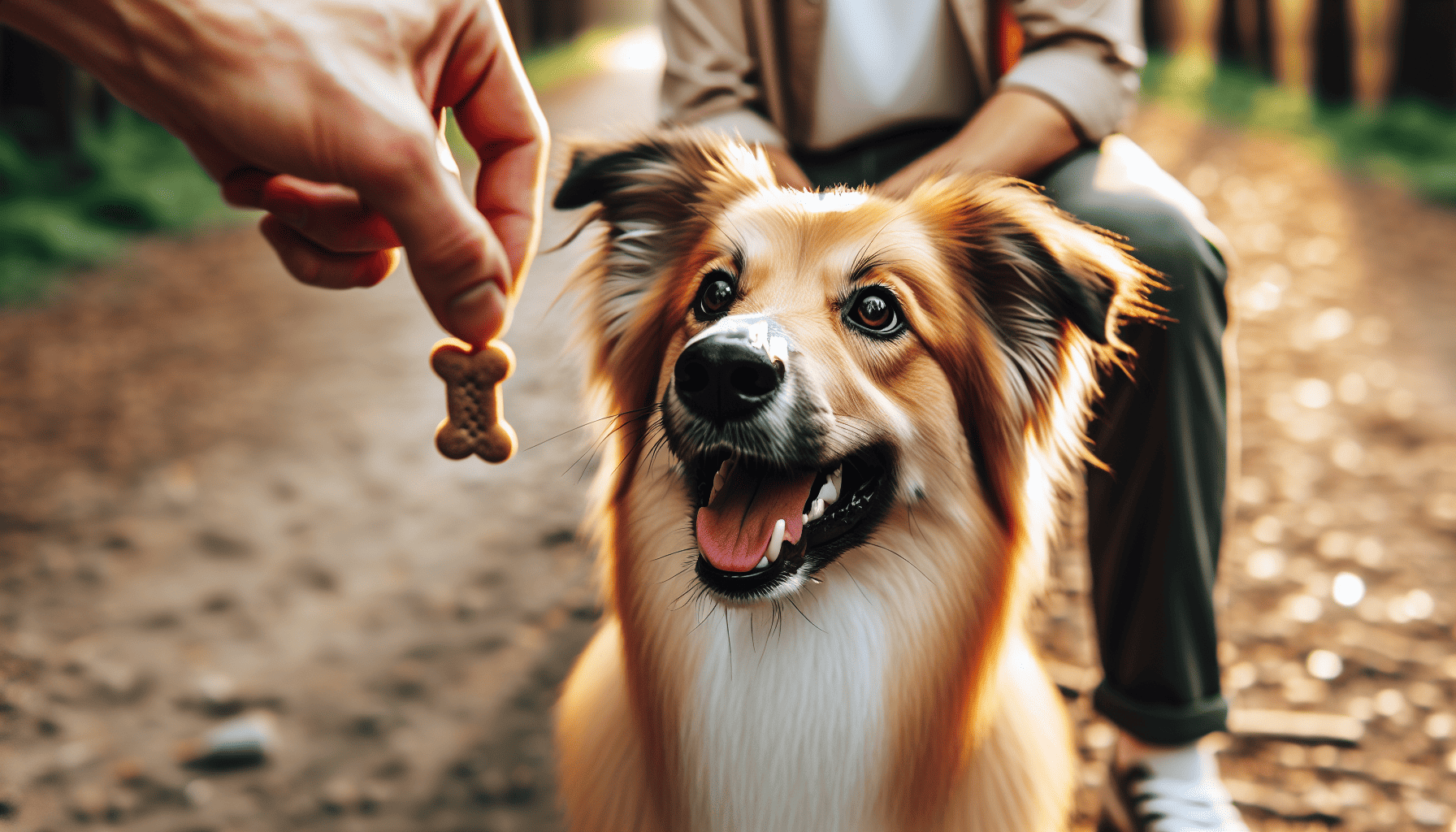Training your dog can be one of the most fulfilling and rewarding activities you and your canine companion share. It not only ensures that your pet behaves well but also strengthens the bond between you two. Here are the top five essential tips to help guide you through the training process, ensuring both a well-behaved and a joyful furry friend.
1. Consistency is Key
Consistency is the foundation upon which effective dog training is built. Just as humans need routine and regularity to learn effectively, dogs too thrive on consistent commands, cues, and environments. When you decide on a command, such as "sit" or "stay," make sure you use the same word and tone each time. Inconsistencies in commands or expectations can confuse your dog, slowing down the training process. It's also important to ensure that everyone involved in your dog's life follows the same guidelines and commands to reinforce learning.
2. Positive Reinforcement Works Wonders
Positive reinforcement is one of the most effective training methods for dogs. Reward-based training encourages your dog to repeat the desired behavior, knowing there’s a positive outcome waiting. Whether it be a treat, a pat on the head, or an affectionate word, rewards can greatly motivate your furry friend. Remember, the timing of the reward is crucial; it should be given immediately after the desired behavior to make the connection clear to your dog.
3. Be Patient and Stay Calm
Patience is not just a virtue; it's a necessity when training your dog. Dogs learn at their own pace, and it requires understanding and compassion to accommodate their learning curve. Getting frustrated or angry can create a stressful environment, which may hinder your dog’s ability to learn. Approach training with a calm and composed demeanor, offering gentle corrections when needed. Remember, progress takes time, and each small achievement is a step towards success.
4. Tailor the Training to Your Dog’s Breed and Personality
Every dog is unique, with its own personality, energy levels, and breed-specific traits, and these factors should be considered when choosing training methods. For example, high-energy breeds may need more rigorous training sessions with plenty of physical exercises integrated, while more sedentary breeds might respond well to short, focused sessions. Additionally, understanding your pet’s personality—whether it is timid, assertive, or playful—can help in developing a training strategy that best suits their needs and increases their responsiveness.
5. Socialization is Part of Training
Socialization is a crucial component of training that helps your dog interact positively with other dogs and people. Early and ongoing socialization can prevent behavioral problems and helps your dog adapt to different environments, situations, and experiences. Whether it's introducing them to new people, places, or other animals, ensuring that these encounters are positive will build your dog’s confidence and social skills. Puppy classes, walks in the park, or playdates with other dogs can provide essential socialization opportunities.
In conclusion, training your dog is an ongoing journey of learning, patience, and adaptation. By implementing these essential tips, you are setting your dog up for success and creating a harmonious environment where both of you can thrive. Invest time and love into the training process, and you'll be rewarded with an obedient, well-adjusted, and happy canine companion.
